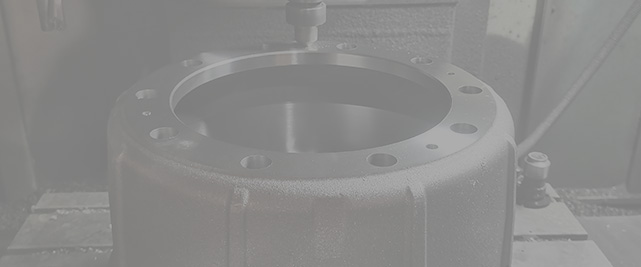Nov . 30, 2024 16:12 Back to list
Understanding the Components of Brake Drum Systems for Optimal Vehicle Performance
Understanding Brake Drum Parts A Guide to Your Vehicle's Braking System
When it comes to vehicle safety, the braking system is undoubtedly one of the most critical components. Among the various braking systems used in vehicles, drum brakes play a significant role, particularly in the rear wheels of many cars, trucks, and SUVs. Understanding the parts of a brake drum can help vehicle owners maintain their brakes effectively, ensuring better safety and performance. This article dives into the essential parts of brake drums and their functions.
What is a Brake Drum?
A brake drum is a cylindrical device that is used in drum brake systems to slow down or stop a vehicle. When the brake pedal is depressed, hydraulic force pushes the brake shoes against the inner surface of the drum, creating friction that slows the vehicle. The entire system relies on the integration of multiple parts that work together seamlessly.
Key Components of a Brake Drum
1. Brake Drum The drum itself is typically made from cast iron or aluminum. Its design allows for heat dissipation and minimizes distortion during operation. The smooth inner surface is crucial for the effective functioning of the brake shoes.
2. Brake Shoes These are curved friction materials that press against the inner surface of the drum when the brake is applied. Made from various materials such as organic, semi-metallic, or ceramic composites, brake shoes determine the friction generated and, consequently, the braking performance.
3. Backing Plate The backing plate is a steel plate that holds the brake shoes and provides a mounting point for various components of the braking system. It also supports the adjustment mechanism and serves as a structural element that keeps everything in place.
4. Wheel Cylinder Located at the top of the backing plate, the wheel cylinder is a crucial part of the hydraulic system. When brake fluid is forced into the cylinder, it pushes the pistons outward, causing the brake shoes to make contact with the drum.
brake drum parts

5. Adjuster Mechanism This part maintains the proper distance between the brake shoes and the drum as they wear down over time. Adjusting the shoes ensures consistent braking performance and reduces the chances of brake drag, which can lead to overheating and premature wear.
6. Spring Assembly Springs play a vital role in ensuring that the brake shoes return to their original position when the brake pedal is released. The assembly usually consists of hold-down springs, return springs, and other components that provide tension and ensure proper alignment.
7. Dust Shields These shield the internal components from dirt, dust, and moisture, helping to prolong the lifespan of the brake parts. They are often made from metal and fit snugly against the backing plate.
8. Drum Ventilation Some brake drums are designed with ventilation holes to promote airflow during braking, reducing heat build-up and helping to maintain optimal performance.
Importance of Regular Maintenance
Understanding the parts of a brake drum is only the first step; regular maintenance is essential for ensuring that the braking system functions optimally. Brake drums and their components should be inspected frequently for wear, especially the brake shoes, which can wear down over time. Signs that indicate maintenance is required include squeaking or grinding noises, reduced braking performance, and a pulling sensation to one side when braking.
Calibrating the adjuster mechanism and replacing worn-out parts promptly can prevent costly repairs and most importantly, keep the driver and passengers safe on the road. It is advisable to consult a professional mechanic for comprehensive inspections and replacements, ensuring that both the drum and shoes are in good condition.
Conclusion
The brake drum system is a crucial aspect of your vehicle’s safety and performance. Understanding its components and ensuring regular maintenance can go a long way in extending the life of your braking system and enhancing your driving experience. By prioritizing brake health, drivers can ensure that they will stop efficiently in emergency situations, making roads safer for everyone. Always remember, a well-functioning brake system is a key element for safe driving.
-
Scania Brake Drums: OEM Quality for Optimal Safety & Durability
NewsAug.16,2025
-
R.V.I: Advanced Remote Visual Inspection for Precision
NewsAug.15,2025
-
Discover HYUNDA: Innovative Vehicles, Equipment & Solutions
NewsAug.14,2025
-
R.V.I: Unlock Advanced Insights & Real-time Performance
NewsAug.13,2025
-
Kamaz Brake Drum: Durable & Reliable for Heavy Duty Trucks
NewsAug.12,2025
-
Heavy Duty Iveco Brake Drum - Premium Quality & Safety
NewsAug.11,2025
